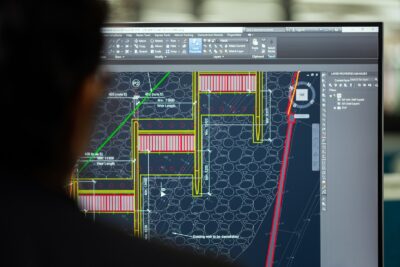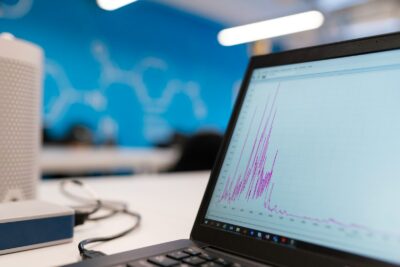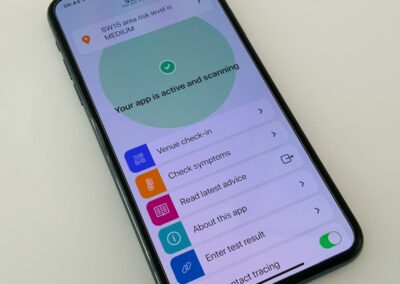Navigating the Complexities of Software Licensing
The Role of Termination and Renewal Clauses
Software licensing agreements serve as the cornerstone of modern technology ecosystems, governing the usage, distribution, and protection of software assets. Within these agreements, termination and renewal clauses play a pivotal role in defining the terms under which software usage may continue or cease. Termination clauses outline the circumstances under which the agreement may be terminated, such as non-compliance with licensing terms, breach of contract, or expiration of the licensing period. Conversely, renewal policies establish procedures for extending the agreement beyond its initial term, ensuring continuity of software usage and access to support services.
Ensuring Compliance and Continuity
In the dynamic landscape of software licensing, compliance with termination and renewal clauses is essential for both software developers and end-users. Developers rely on these clauses to protect their intellectual property rights, enforce licensing terms, and safeguard revenue streams. By including clear guidelines for termination and renewal, developers can mitigate the risk of unauthorized usage, piracy, and revenue loss. For end-users, adherence to these clauses ensures uninterrupted access to software updates, security patches, and technical support, enhancing productivity and minimizing business disruptions.
Leveraging Technology for Compliance and Management
In an era defined by rapid technological advancements, the management of software licensing agreements has evolved to incorporate digital solutions and automation tools. Digital rights management (DRM) technologies enable developers to enforce licensing terms, track usage metrics, and detect unauthorized access in real-time. Through the use of encryption, authentication, and access control mechanisms, DRM solutions provide developers with granular control over software usage while protecting against piracy and unauthorized distribution.
Moreover, blockchain technology offers innovative solutions for the management and enforcement of software licensing agreements. By leveraging blockchain’s decentralized ledger and smart contract capabilities, developers can create immutable records of licensing agreements, transactions, and usage rights. Smart contracts automate the execution of licensing terms, ensuring compliance and facilitating seamless renewal processes. Additionally, blockchain provides transparency, traceability, and tamper-proof audit trails, enhancing trust and accountability in software licensing ecosystems.
Empowering Modern Technology with AI Integration
Incorporating artificial intelligence (AI) into software licensing management processes revolutionizes how developers enforce agreements and protect their intellectual property. AI-powered algorithms can analyze vast amounts of data to identify patterns of usage, detect anomalies, and predict potential breaches of licensing terms. By leveraging machine learning models, developers can proactively identify compliance issues, streamline license management workflows, and optimize resource allocation. Furthermore, AI-driven insights enable developers to tailor licensing agreements to specific user needs, ensuring a personalized and seamless software experience.
Unlocking the Potential of Blockchain in Software Licensing
Blockchain technology offers unparalleled transparency, security, and efficiency in software licensing management. By leveraging blockchain’s decentralized ledger, developers can create a tamper-proof record of licensing agreements, transactions, and usage rights, eliminating disputes and ensuring trust among all stakeholders. Smart contracts, programmable agreements executed on the blockchain, automate the enforcement of licensing terms, enabling real-time verification and compliance monitoring. Moreover, blockchain facilitates seamless collaboration and interoperability between different software systems, enhancing the scalability and accessibility of licensed software products.
Enhancing Security and Compliance Through Modern Technologies
The integration of AI and blockchain technologies enhances security and compliance in software licensing ecosystems, mitigating risks associated with unauthorized usage and piracy. AI-powered authentication and access control mechanisms ensure that only authorized users can access and utilize licensed software, reducing the threat of data breaches and intellectual property theft. Additionally, blockchain’s immutable ledger provides irrefutable proof of ownership and usage rights, simplifying audit processes and regulatory compliance. By embracing these modern technologies, developers can foster a culture of trust, transparency, and accountability in the digital marketplace.
Conclusion: Empowering Compliance and Continuity
Embracing Best Practices in Software Licensing
In conclusion, software licensing agreements are instrumental in governing the usage and distribution of software assets, providing developers and end-users with clear guidelines for compliance and continuity. Termination and renewal clauses serve as critical components of these agreements, delineating the conditions under which software usage may be terminated or extended. By leveraging technology, such as DRM and blockchain, developers can enforce licensing terms, protect intellectual property rights, and ensure the integrity of software distribution channels. In the ever-evolving landscape of modern technology, adherence to best practices in software licensing is paramount for fostering trust, innovation, and business success.
#SoftwareLicensing #Agreements #TerminationClauses #RenewalPolicies #DigitalRightsManagement #Blockchain #Compliance #Continuity #TechnologyGovernance #BusinessSuccess























